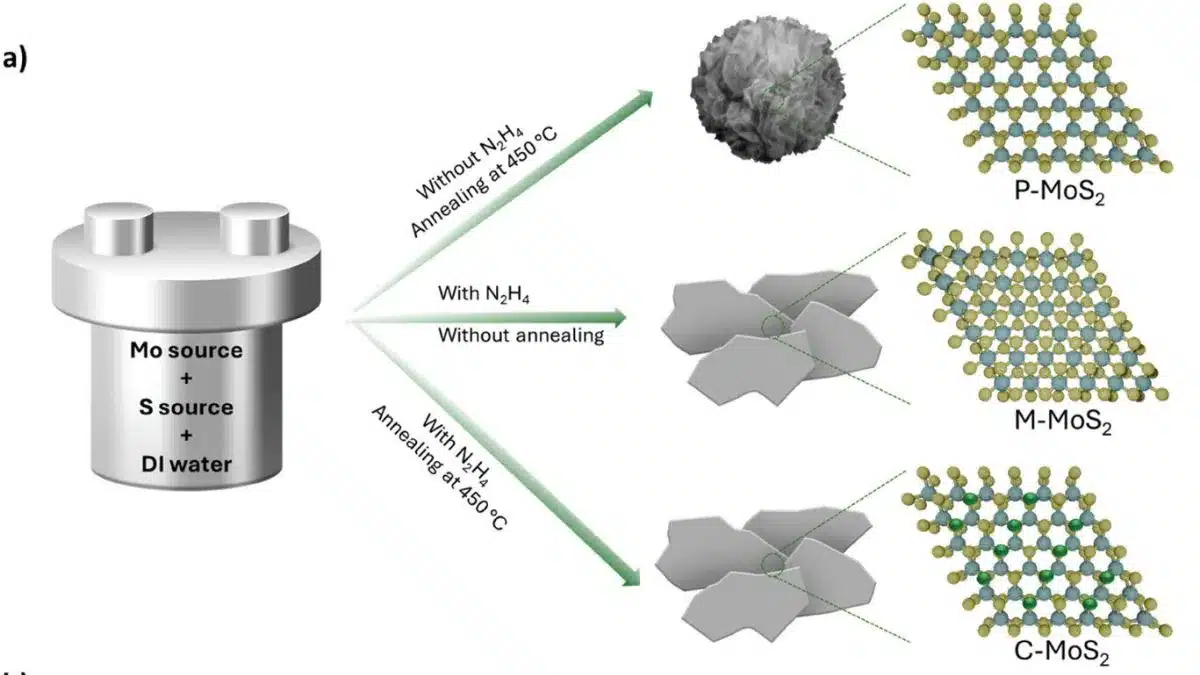UNSW Develops Miniature Sensor to Detect Nitrogen Dioxide

A groundbreaking development in gas detection technology has emerged from the University of New South Wales (UNSW) in Sydney. Researchers have created a highly sensitive miniature sensor that can detect nitrogen dioxide (NO₂) at low levels. This compact device measures just 2 cm by 2 cm and has a thickness of only 0.4 mm. It operates in real-time and does not require an external power source. The design addresses common issues associated with traditional gas sensors, such as size, cost, and energy consumption. This innovation could significantly enhance safety and monitoring in various environments.
Uses and Limitations of Gas Sensors
Gas sensors play a crucial role in various sectors, including industrial, automotive, and healthcare applications. They are essential for detecting hazardous gases like carbon monoxide (CO) and nitrogen dioxide (NO₂). In industrial settings, monitoring these gases is vital, especially in factories and along highways where emissions can be high. The study published in Advanced Science highlights the importance of these sensors in ensuring safety and compliance with environmental regulations.
Despite their usefulness, traditional gas sensors face several challenges. High energy consumption, large size, and sensitivity limitations have hindered their widespread adoption. Professor Dewei Chu from UNSW’s School of Materials Science and Engineering pointed out that commercially available oxygen sensors can cost up to $5,000. These sensors often require high operating temperatures, sometimes exceeding 300 degrees Celsius, making them less practical for everyday use. The new sensor developed by UNSW aims to overcome these limitations, offering a more efficient and cost-effective solution for gas detection.
Innovative Approach Using Molybdenum Disulfide
The research team at UNSW has employed molybdenum disulfide (MoS₂) as the core material for their innovative sensor. MoS₂ is known for its sustainability and biocompatibility, making it an ideal choice for environmental applications. To enhance its sensitivity, the researchers modified the material by integrating nitrogen into its structure. This modification allows the sensor to achieve high sensitivity to NO₂ at concentrations as low as 10 parts per million (ppm). Remarkably, the sensor operates effectively at room temperature, eliminating the need for costly heating elements.
This innovative approach not only improves the sensor’s performance but also addresses the energy consumption issues associated with traditional gas sensors. By utilizing MoS₂, the UNSW team has created a device that is both efficient and effective in detecting toxic gases. The ability to detect NO₂ at such low concentrations is a significant advancement in gas sensor technology, potentially leading to safer environments in various applications.
Sustainable Production with 2D-Printing
The production of this miniature sensor employs a novel 2D-printing technique. This method involves printing nanoscale materials onto a flat surface to create sensor electrodes and the sensing layer. Professor Chu emphasized the potential of this technology to significantly reduce production costs. Traditional manufacturing methods for gas sensors can be complex and expensive, but 2D printing offers a more streamlined and cost-effective alternative.
This sustainable production method not only lowers costs but also allows for greater flexibility in design. The ability to print sensors in various configurations can lead to customized solutions for specific applications. As the demand for efficient gas detection technologies grows, this innovative production technique could play a vital role in meeting that demand.
Future Applications and Goals
Looking ahead, the research team at UNSW aims to expand the capabilities of their sensor. They plan to test its effectiveness against other gases, including volatile organic compounds and carbon monoxide. The compact size and energy efficiency of the sensor make it suitable for a wide range of applications, including wearable devices and safety systems in environments such as mines and warehouses.
The potential for this technology is vast. As industries continue to seek solutions for monitoring air quality and ensuring safety, the UNSW sensor could become a key player in the market. The team’s ongoing research and development efforts will focus on enhancing the sensor’s capabilities and exploring new applications. With its innovative design and sustainable production methods, this miniature sensor represents a significant step forward in gas detection technology.
Observer Voice is the one stop site for National, International news, Sports, Editor’s Choice, Art/culture contents, Quotes and much more. We also cover historical contents. Historical contents includes World History, Indian History, and what happened today. The website also covers Entertainment across the India and World.
Follow Us on Twitter, Instagram, Facebook, & LinkedIn

